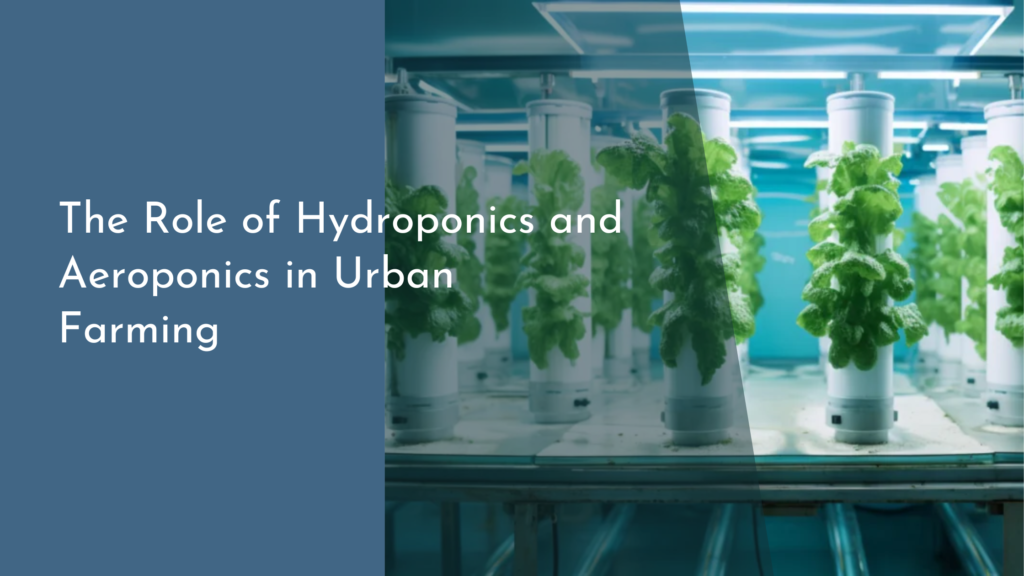Autonomous Vehicles and Sustainable Urban Traffic Management
The advent of autonomous vehicles (AVs) is poised to transform urban landscapes, presenting a unique opportunity to reimagine how we navigate our cities. As populations swell and urban areas become increasingly congested, the integration of AV technology into traffic management systems holds the potential to not only alleviate traffic woes but also to promote sustainability. The fusion of smart transportation and eco-friendly solutions is set to revolutionize urban mobility, paving the way for greener, more efficient city living.
With the rise of AVs, we are entering an era where artificial intelligence and advanced algorithms can streamline traffic flow and enhance safety. These innovations offer cities the promise of reduced congestion, lower emissions, and improved quality of life for residents. By embracing autonomous technology, urban planners and policymakers can create a more responsive and adaptable transportation ecosystem that meets the evolving demands of modern city life.
Revolutionizing Cities: The Promise of Autonomous Vehicles
Autonomous vehicles are more than just a technological marvel; they are catalysts for change in urban design and infrastructure. By reducing the need for personal car ownership, AVs can lead to a significant decrease in traffic congestion. Imagine a future where fleets of self-driving taxis and shuttles circulate efficiently, picking up passengers and optimizing routes in real time. This shift not only minimizes the number of vehicles on the road but also opens up vast expanses of urban space currently dedicated to parking, which can be repurposed for parks, bike lanes, and pedestrian pathways.
Moreover, the data collected from AVs can be harnessed to enhance urban planning initiatives. Smart algorithms can analyze traffic patterns and user behavior, helping city officials make informed decisions about infrastructure investments and traffic regulations. The integration of AVs into public transportation systems also holds the potential to bridge gaps in mobility, ensuring that underserved communities have access to reliable transportation options. In this way, autonomous vehicles are not just reshaping our streets; they are redefining our cities and enhancing social equity.
Eco-Friendly Solutions: Traffic Management Meets Sustainability
The environmental implications of autonomous vehicles are profound. As these vehicles are predominantly electric or hybrid, their widespread adoption can significantly reduce greenhouse gas emissions and air pollution in urban areas. Furthermore, AVs are designed to optimize driving behavior, which leads to improved fuel efficiency. By minimizing sudden stops and starts, maintaining consistent speeds, and reducing idle times, autonomous technology can contribute to a cleaner, greener urban environment.
In addition to reducing emissions from vehicles, AVs can play an essential role in smart traffic management systems. By utilizing real-time data, traffic signals can be adjusted dynamically to minimize congestion and emissions, promoting smoother traffic flow across entire cities. This harmonization of technology and sustainability not only enhances the driving experience but also contributes to the overall well-being of urban inhabitants, fostering a healthier environment and encouraging more people to opt for eco-friendly modes of transport.
Enhancing Urban Mobility: Benefits of Smart Transportation
The integration of autonomous vehicles into urban mobility networks promises to enhance accessibility for all residents. For seniors and individuals with disabilities, AVs can provide an essential means of transportation, enabling greater independence and connectivity within their communities. With features like voice-activated commands and advanced safety systems, these vehicles are designed to accommodate diverse passenger needs, ensuring that everyone can partake in the benefits of modern transportation.
Moreover, smart transportation systems powered by autonomous technology can facilitate seamless multi-modal transit options. Passengers can easily transition from AVs to public transit, bike shares, or walking paths, creating a cohesive travel experience. This connectivity encourages the use of public transport, ultimately reducing the reliance on personal vehicles and fostering a culture of shared mobility. As cities evolve, the vision of integrated transportation networks powered by AVs will create urban environments that are both efficient and user-friendly.
Future Vision: A Harmonious Blend of Tech and Nature
Looking ahead, the future of urban transportation is not just about technology; it’s also about creating a sustainable harmony between urban living and nature. The potential for AVs to integrate with green initiatives is enormous. Imagine streets lined with trees, bike paths, and pedestrian spaces, all enhanced by the presence of autonomous vehicles that navigate these areas with precision while minimizing their environmental impact. The vision of a city that prioritizes both technological advancement and ecological sustainability is becoming more tangible every day.
As we move towards this future, collaboration among stakeholders—governments, technology companies, urban planners, and communities—will be vital. By working together, we can design urban landscapes that prioritize livability, sustainability, and efficiency. The harmonious blend of technology and nature promises to create vibrant cities that not only meet the demands of modern life but also foster a sense of community and well-being for all residents.
In conclusion, the integration of autonomous vehicles into urban traffic management systems represents a significant leap towards a more sustainable and efficient future. By embracing this technology, cities can alleviate traffic congestion, reduce emissions, and enhance mobility for all residents. As we envision this transformative journey, it is essential to prioritize collaboration and innovation, ensuring that our urban environments thrive in tandem with nature. With autonomous vehicles leading the charge, the promise of greener, smarter cities is not just a dream—it’s an exciting reality waiting to unfold.

